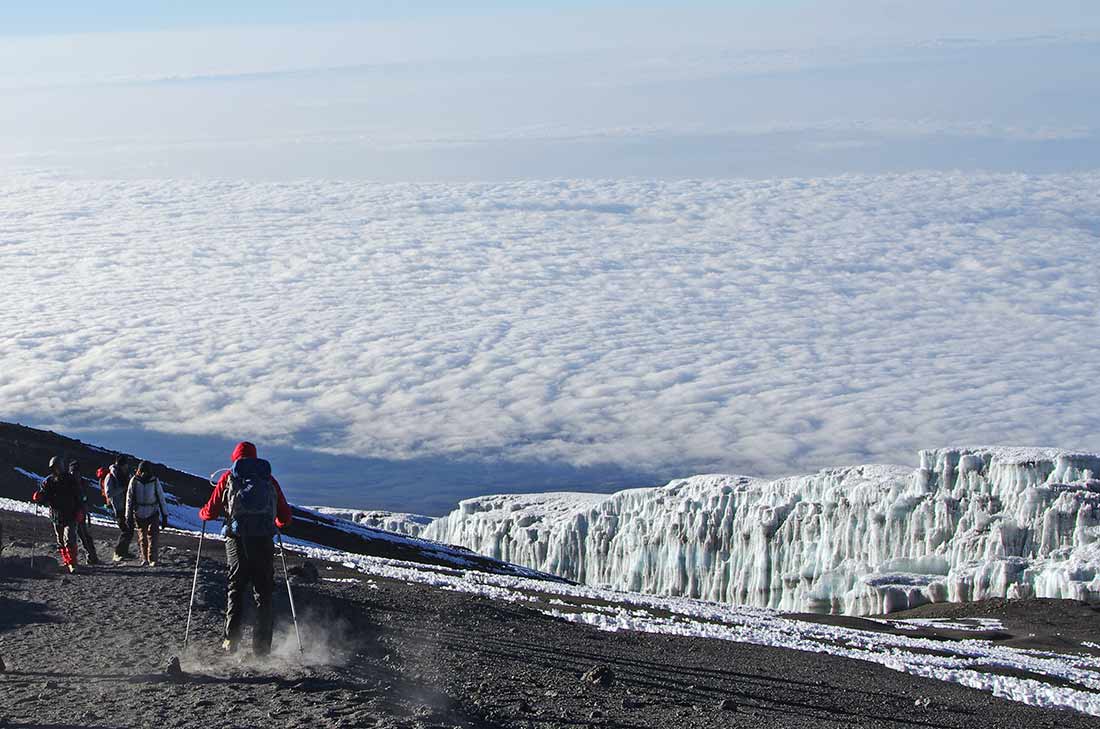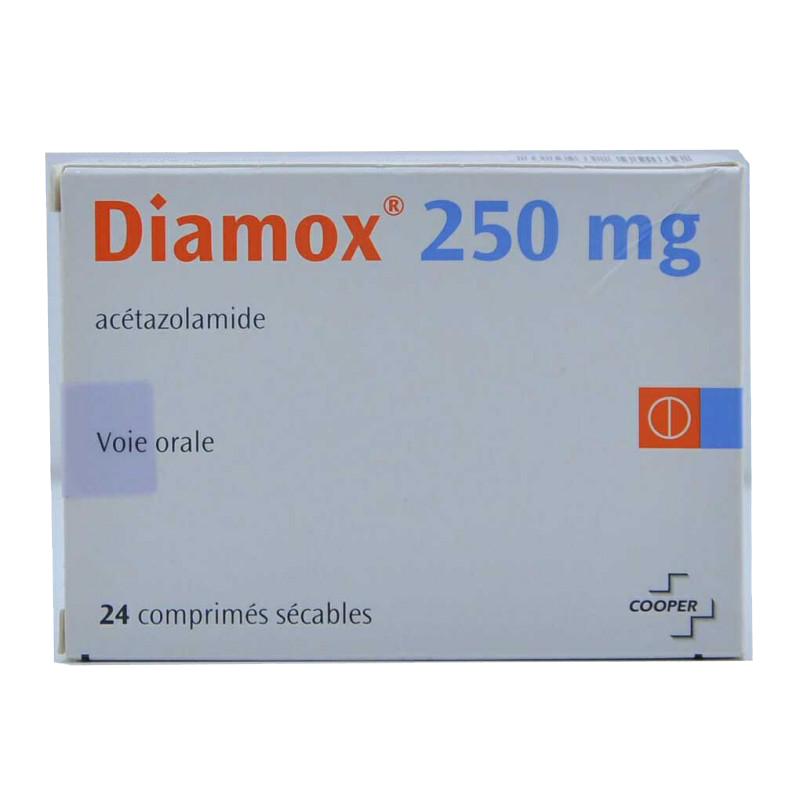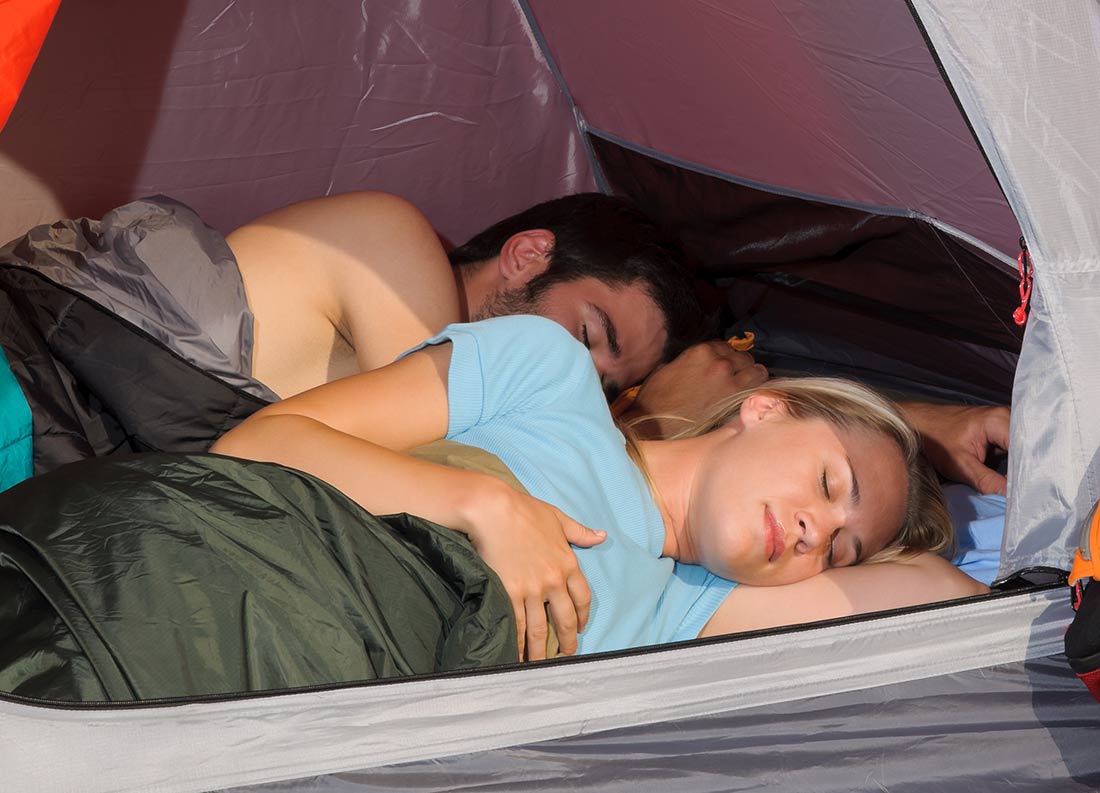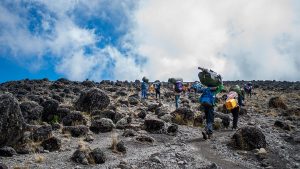
Many things can prevent you from reaching the summit of Mount Kilimanjaro. The most common—trekkers develop altitude sickness on Kilimanjaro. What exactly is altitude sickness and how can you prevent it?
THE BODY VS. HIGH ALTITUDES
To understand the effect of altitude, you must first know exactly what it does to your body. The short answer is that the higher you go the less oxygen you have.
Oxygen accounts for about 21% of air at sea level. As you climb Kilimanjaro the amount of oxygen in the air remains about the same. However, as the air density drops there is less pressure compressing the space between the oxygen molecules. The molecules are now moving farther apart. With less air density the oxygen molecules are more widely dispersed which in turn means there is less oxygen available to breathe.
When your body detects that it’s getting less oxygen, it makes you breathe deeper and faster to compensate. The heart beats faster to also deliver more oxygen to your body. Furthermore, more red blood cells are created to increase their oxygen-carrying capacity. Other adaptations occur in blood acidity level, lung pressure, electrolyte levels, and fluid and salt balance. But despite these adaptations, your body is still operating at an oxygen deficiency.
KILIMANJARO’S ZONES
During your Mount Kilimanjaro climb, you will pass through three altitude zones. These zones are:
High altitude 8,000 ft – 11,000 ft
Very high altitude 11,000 ft – 18,000 ft
Extreme altitude above 18,000 ft
Most people can ascend to 8,000 ft without experiencing the effects of high altitude. However, as a person enters the high altitude zone the change in air density and the amount of available oxygen begins to take effect. How each person reacts to this change in oxygen saturation is unpredictable. Even the fitness level of the climber does not alter the reaction. How your body reacts can also change by the day and by elevation. What affects a person one day may not affect them the next day. Additionally, there is no correlation between age and gender.
Acclimatization
Acclimatization occurs when the body adapts to the lower air pressure and decreased levels of oxygen. This is a gradual process that takes place over hours and days. The rate of acclimatization is different for everyone and appears to have a genetic link. When acclimatization doesn’t occur rapidly enough, altitude sickness, or acute mountain sickness (AMS), develops.
SYMPTOMS OF ALTITUDE SICKNESS ON KILIMANJARO
Most people will have a mild reaction to elevation. Below are some common symptoms of AMS:
Headache: Throbbing, it may worsen overnight and in the morning
Loss of Appetite: No desire to eat or drink.
Nausea: Feeling sick to your stomach. You may also vomit.
Lethargic: Feeling weak and tired. In severe cases, you do not have the energy to eat, dress, or do anything.
Insomnia: Waking up constantly during the night or not sleeping at all.
Dizziness: You may feel dizzy and disoriented.
It’s impossible to tell if you’ll be susceptible to AMS before you are exposed to altitude. Therefore, it is always best to ascend slowly to allow the body more time to adjust to the low oxygen environment. People who do not spend enough time acclimatizing to the altitude increase the risk of developing altitude sickness.
MORE TIME ON THE MOUNTAIN
Pole, pole – slowly, slowly. You’ll hear your guide or assistant guide say this frequently on Mount Kilimanjaro, you should listen to them. AMS can affect both strong, fit men in their prime as well as those who are trained athletes. For example, Ray Lewis of the Baltimore Ravens, despite being the MVP for the NFL was unable to summit.
Although we can guide all of Kilimanjaro’s routes, we focus on the longer routes because statistically, they have the highest success rates. Unless you have been at high altitudes before and have acclimatized quickly, we encourage you to select one of these routes: the 9-Day Northern Circuit, 8-day Lemosho, and the 7-day Machame.
If you look at the route itineraries, you’ll see that the distance hiked per day is quite short. The primary reason that climbing Kilimanjaro takes so long is that we are purposely slowing down the pace.
In the first few days, your guide will be going very slow. However, by the end of the trek, you’ll realize that the speed they set comes from years of experience. You’ll be glad that you went the recommended pace when you’re standing at 19,341 feet on Uhuru Peak,
EAT AND DRINK
You are required to increase both your caloric and fluid intake. Not only are you burning calories by hiking, but your body is also burning calories just by being at such a high altitude.
Unfortunately, there is a tendency for people at this altitude to eat less rather than more. Why is this? First of all, the low air pressure means the gas in your gut expands, making you feel bloated. Secondly, your body will be producing more leptin, the hormone that plays a role in appetite control. This spike in leptin corresponds to feeling full. Finally, typical symptoms of altitude sickness include losing your appetite or nausea. A conscious effort must be made to keep eating even if you do not feel hungry.
We provide plenty of food for our clients at every meal and encourage you to eat as much as you can. The high carb, slow-burning energy foods are specifically designed to keep your energy up while giving your body the nutrients it needs to acclimatize. Science has shown that at high altitudes, the body shifts its reliance from fat to carbs as an energy source. The theory is that this shift makes it easier for oxygen to dissolve into the blood. Which in turn requires an even higher carbohydrate intake. Extra fluid intake is similarly important. Drink plenty of water! We recommend 4-5 liters per day. Your urine should be light yellow or clear, and you should be urinating about six to ten times each day.
SLEEP
When your body is hard at work during the day, it must be allowed to recover overnight. Sleep is required for acclimatizing as well as for muscle recovery. Sleeping at altitude can be difficult. The body automatically breathes more rapidly to maintain proper oxygenation. At the same time, it rids the body of carbon dioxide. To expel too much carbon dioxide, the body then slows down breathing. The irregular breathing disrupts normal sleep patterns, resulting in less sleep.
Even the fittest people are affected by the challenges of sleeping at altitude. Research has found that professional athletes experience shorter, poorer quality sleep at higher elevations. If you feel sleepy when you arrive at a campsite, go ahead and take a nap. It’s good to take advantage of being tired rather than attempting to stay awake until the evening.
Earplugs can block out the noise of others in and around the campsite and tent. A sleeping mask also helps, especially if there is a full moon. You may want to bring the dietary supplement melatonin, which studies have shown can cut down the amount of time needed to fall asleep at altitude. Lastly, not everyone is used to camping, especially for consecutive days, so you might want to do some overnight trips at home so it’s not an entirely new experience.
DIAMOX
Acetazolamide (Diamox) can prevent symptoms of AMS by increasing the rate at which the body acclimatizes. This is the most tried and tested drug for altitude sickness prevention and treatment. It increases the amount of alkali (bicarbonate) excreted in the urine, making the blood more acidic. Acidifying the blood drives ventilation, which is the cornerstone of acclimatization. Studies have shown that a dose of 250mg every eight to twelve hours before and during rapid ascent to altitude results in fewer and less severe symptoms of acute mountain sickness (AMS). The treatment dosage is 250 mg twice a day for about three days. Use 125mg twice daily starting one day before your climb for prevention.
Note: Taking Diamox can increase your sensitivity to the sun. Bring SPF 30 or higher and a sunhat, buff, and an alpine shirt to protect yourself from the sun.

PREPARE
Above we have discussed things you can do on the mountain to prevent altitude sickness. However, there are things you can do before you arrive in Tanzania. The first is to train properly by getting in the best possible shape. We recommend at least eight weeks of training which should consist primarily of hiking, but also weight lifting and some cardiovascular exercises.
CHOOSE A REPUTABLE KILIMANJARO OPERATOR
Finally, we can’t stress this enough, you want to climb with a reputable Kilimanjaro company. The best companies have the best guides. Our guides have years of experience climbing Kilimanjaro and will probably know that you are sick before you do. They have experienced everything there is to experience on the mountain. Nothing will surprise them. Our safety procedures—the twice-daily health checks—are performed to evaluate a client’s acclimatization level. Our guides take oxygen saturation readings, pulse rates, and temperature, and listen to your heart and lungs each morning and evening. We take the required steps to increase your chances of summiting while decreasing the likelihood of altitude sickness on Kilimanjaro.





